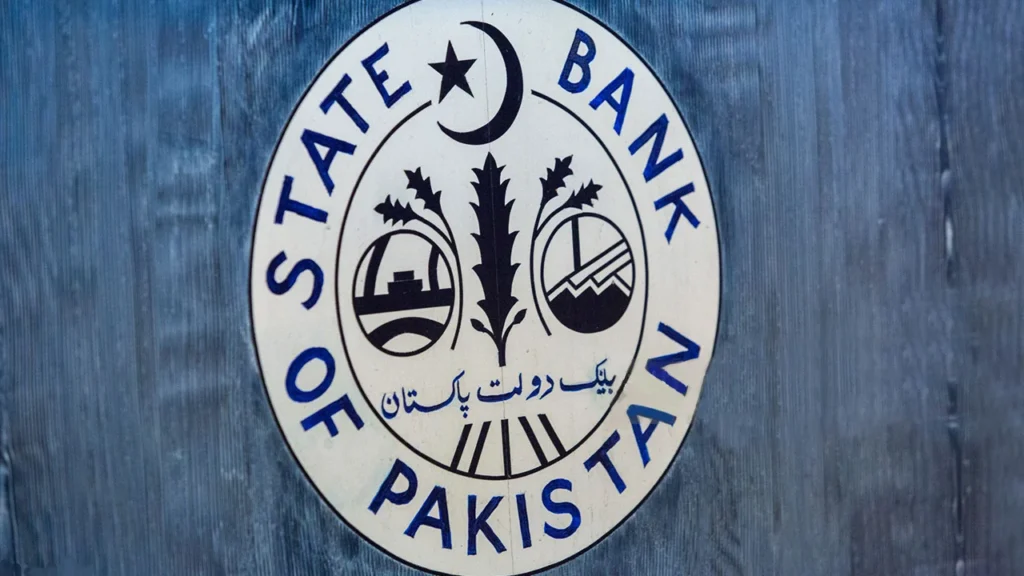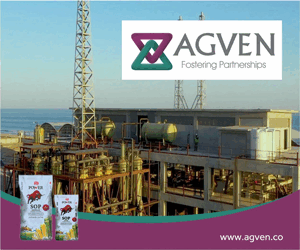- Syed Raza Hassan Web Desk
- 11 Hours ago

SBP report highlights positive macroeconomic trends in H1-FY25
-
- Web Desk
- Apr 28, 2025

ISLAMABAD: The State Bank of Pakistan (SBP) has reported notable improvements in the country’s macroeconomic conditions during the first half of the 2024-25 financial year. Releasing its State of Pakistan’s Economy report on Monday, the central bank pointed to a sharp decline in inflation, a return to a current account surplus, and the containment of the fiscal deficit to its lowest level since 2004-05.
According to the SBP, these positive developments were largely supported by a calibrated monetary policy, continued fiscal consolidation, stable global commodity prices, and the approval of the International Monetary Fund’s Extended Fund Facility (EFF). The report also noted that international credit rating agencies had upgraded Pakistan’s rating, recognising the strengthening macroeconomic environment.
Headline inflation fell to a multi-decade low of 0.7 per cent by March 2025. The SBP attributed this steep decline to tight monetary policy, fiscal discipline, improved supply conditions, limited energy price adjustments, and subdued global commodity prices. In response to easing inflationary pressures and a more positive outlook, the SBP reduced its policy rate by 1000 basis points between June 2024 and February 2025.
Lower interest rates, combined with a mild recovery in economic activity and lending linked to the advances-to-deposits ratio, supported significant growth in private sector credit during the period.
However, the report highlighted a moderation in real GDP growth, largely due to weaker agricultural and industrial performance. Key Kharif crops recorded a broad-based decline, which the SBP linked to policy uncertainty, last year’s low crop prices, adverse weather conditions, and reduced use of quality seeds and fertilisers.
Industrial output also contracted, though at a slower pace than the previous year, with small-scale manufacturing, utilities, and slaughtering providing some support, while mining, quarrying, construction, and large-scale manufacturing posted negative contributions.
In contrast, the services sector performed relatively better compared to the same period last year.
On the external front, a steady rise in exports and workers’ remittances helped the current account balance swing into surplus, despite an increase in imports. The disbursement of the first tranche of the IMF’s EFF programme and a slight rise in private inflows also strengthened the SBP’s foreign exchange reserves.
The report includes a special chapter titled Pakistan’s Low Competitiveness: A Case for Investing in Productivity, which warns that weak growth in labour and total factor productivity has undermined economic competitiveness over time. It stresses the need for structural reforms to break the cycle of boom and bust.
Various sections of the report also highlight key structural challenges facing the economy, drawing on cross-country experiences to offer policy recommendations.
Looking ahead, the SBP projects average inflation for FY25 to fall within the range of 5.5 to 7.5 per cent, helped by steep disinflation, a firm monetary policy stance, continued fiscal consolidation, and favourable global commodity prices. The current account balance is expected to remain between a deficit of 0.5 per cent and a surplus of 0.5 per cent of GDP, with workers’ remittances and exports anticipated to continue outpacing imports.
The SBP maintained its forecast for real GDP growth in FY25 at between 2.5 and 3.5 per cent. However, it cautioned that risks such as additional fiscal tightening and lower-than-expected wheat harvests could weigh on growth prospects.
The report further highlighted medium-term risks to the economy, including global trade disruptions, volatile commodity prices, geopolitical tensions, adjustments in energy tariffs, domestic demand responses to fiscal measures, and fluctuations in international currency markets impacting the rupee.
Read next: PSX opens in green as KSE-100 surges over 1,000 points






